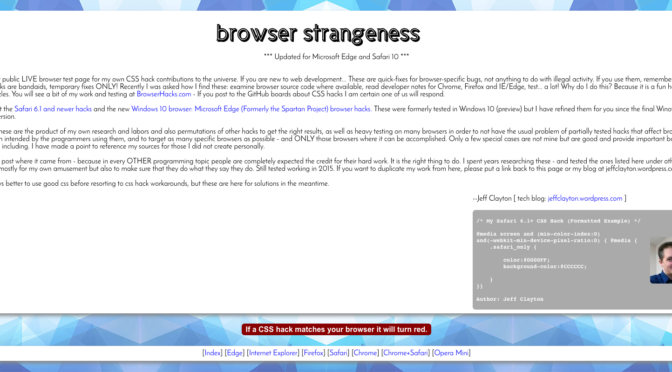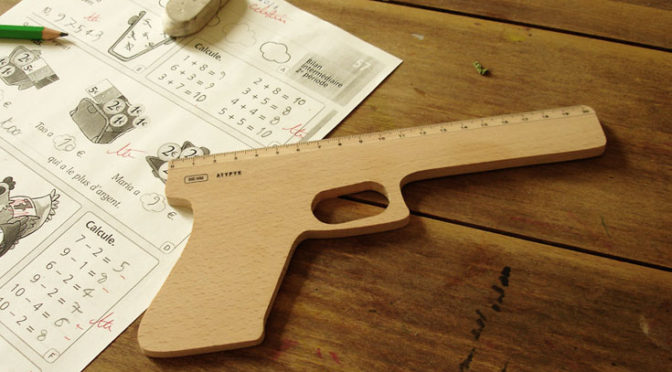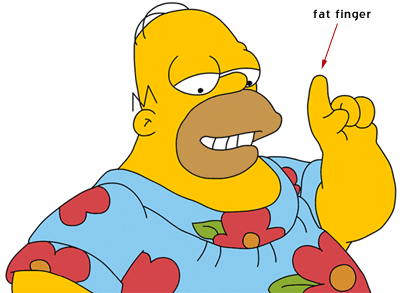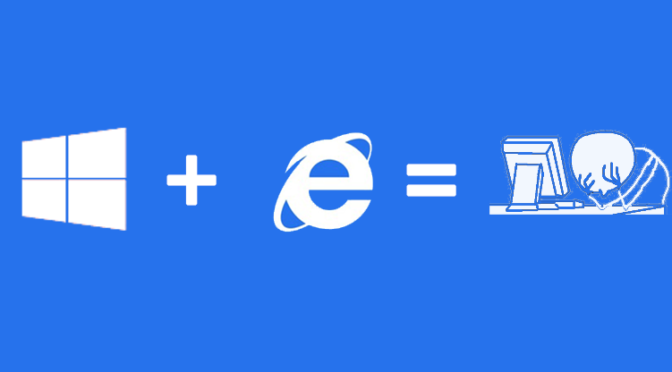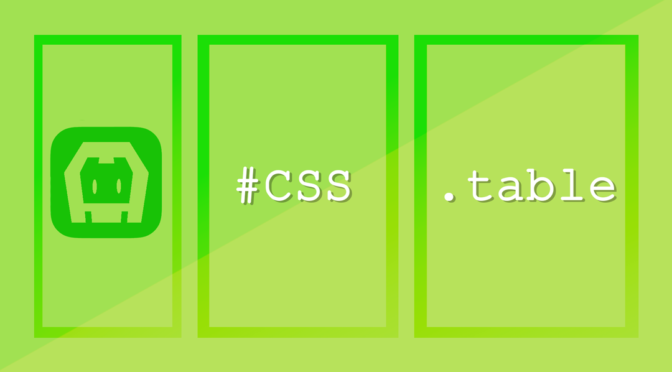This invaluable page, that list any kind of CSS hack for any kind of browser combo you might imagine, and also shows to you which apply to the very browser you’re visiting it from, by Jeff Clayton, is a mandatory bookmark and go-to resource when a CSS hack is needed, period.
Absolute but not empty, CSS rendering bug in legacy Android and how to fix
What “Absolute” means Let’s start with a foreword on the main term of the subject, because as many things CSS names can be misleading in many ways. So first thing doesn’t mean “absolute” in the natural language way, it’s not like an element with this property stops being tied to anything at all, rather we … Continue reading Absolute but not empty, CSS rendering bug in legacy Android and how to fix



